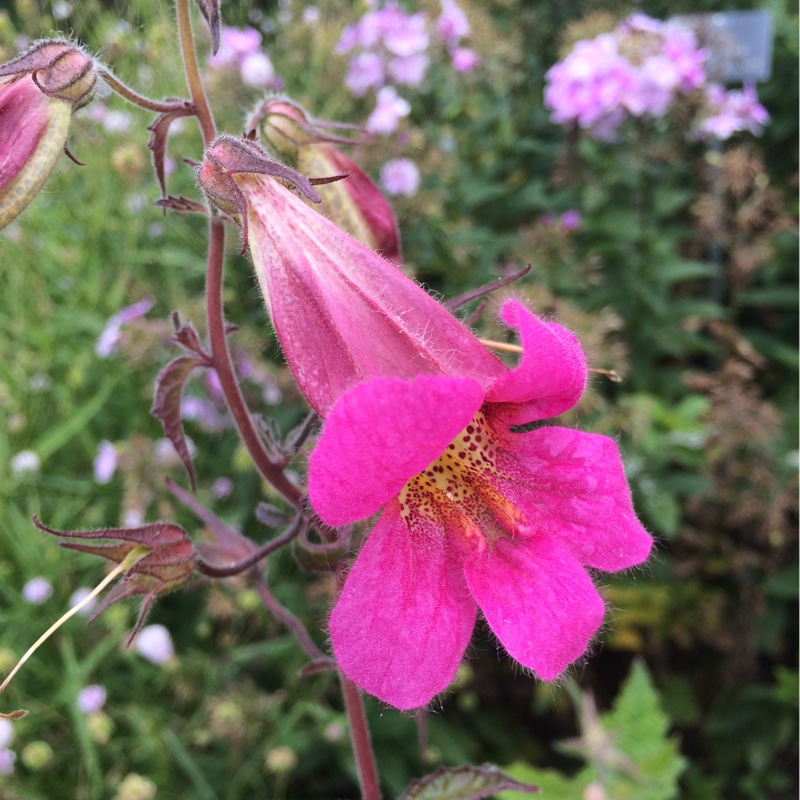
Rehmannia elata
Chinese Foxglove
Rehmannia elata has veined, hairy leaves, and in Summer has pink tubular flowers with darker pink stripes, slightly resembling foxgloves, hence the common name "Chinese foxglove" (The species is not closely related to the true foxglove)
-
Full sun to partial shade
-
Occasional watering
-
Frost Hardy: 23F (-5°C)
-
Moist and rich
Common name
Chinese Foxglove
Latin name
Rehmannia elata
type
Herbaceous Perennials
family
Orobanchaceae
ph
5.0 - 7.0 Acid - Neutral
Plant & bloom calendar
-
Best time to plant
-
When the plant will bloom
full grown dimensions
 0.50 M
1.50 M
0.50 M
1.50 M
Rehmannia elata
Rehmannia elata has veined, hairy leaves, and in Summer has pink tubular flowers with darker pink stripes, slightly resembling foxgloves, hence the common name "Chinese foxglove" (The species is not closely related to the true foxglove)
Flowering Season
From Mid Summer TO Mid Autumn
The plant produces racemes of two-lipped, purplish-pink flowers to 10cm long in summer and autumn.
Propogation by division
From Early Spring TO Late Spring
Smaller rosettes of leaves pop up from underground rizomes all around parent plants. These can be removed and replanted as required
Planting
From Early Spring TO Early Spring
Pot grown specimens should be found in a good nursery and these should be planted into their growing position in spring.




















